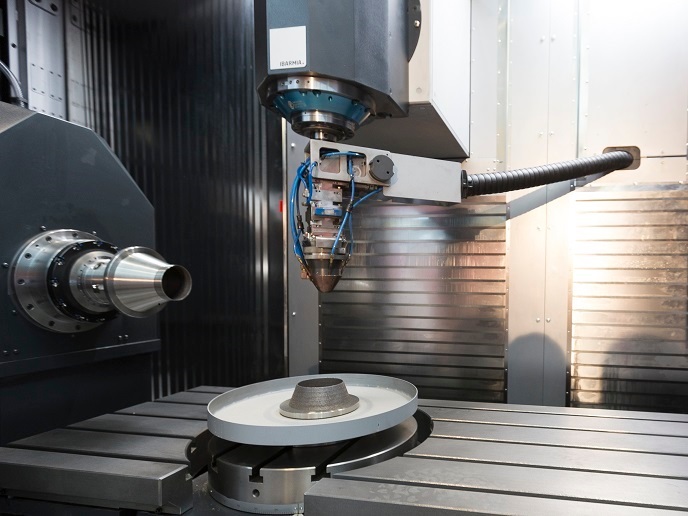Micro-robotic cooperation in the nanoworld
The developed multi-microrobot manipulating system involves a cluster of mobile robots only centimetres in size which can carry onboard electronics. These miniature robots communicate within a collaborative environment to accomplish difficult tasks. The two major applications that this system has been originally designed forare the assembly of micro-parts and the handling of biological cells. One of the key requirements was nanoscale precision;therefore, innovative tools have been realised and integrated in the robot platform. These include special Complementary Metal Oxide Semiconductor (CMOS) cameras for providing live high-magnification scene images that would allow excellent machine vision. Additionally, sophisticated scanning probe microscopy methods to provide access to the nano-world were also included. Special attention was paid to the locomotion as precision, stiffness, minimal power consumption and high speeds are highly required for the delicate tasks. To answer these needs apart from the related actuators, a manipulator trajectory tracking controller was also implemented. This allows the robotic platform to follow a specific motion trajectory with specified velocity for cell injection, surface scanning or gripping. The controller was based on the concept of a p-type control law with a velocity feed-forward term using predetermined four-degree of freedom trajectories. Via-points and velocities in the manipulator's end-effector space coordinates, the trajectory is well-described. Using kinematics' methods these velocities are transformed to joint velocities which provide the feedforward term for the estimation of the scaled position error term. The latter triggers the trajectory tracking control signal. Apart from this technology the National Technical University of Athens is also engaged in the development of algorithmic methodologies for navigation and collision avoidance on behalf of several transportation companies. These involve the realisation of several mobility scenarios, prediction conflicts and successful collision avoidance with end-users varying from public transportation companies and airports to biomedical industry and more.







